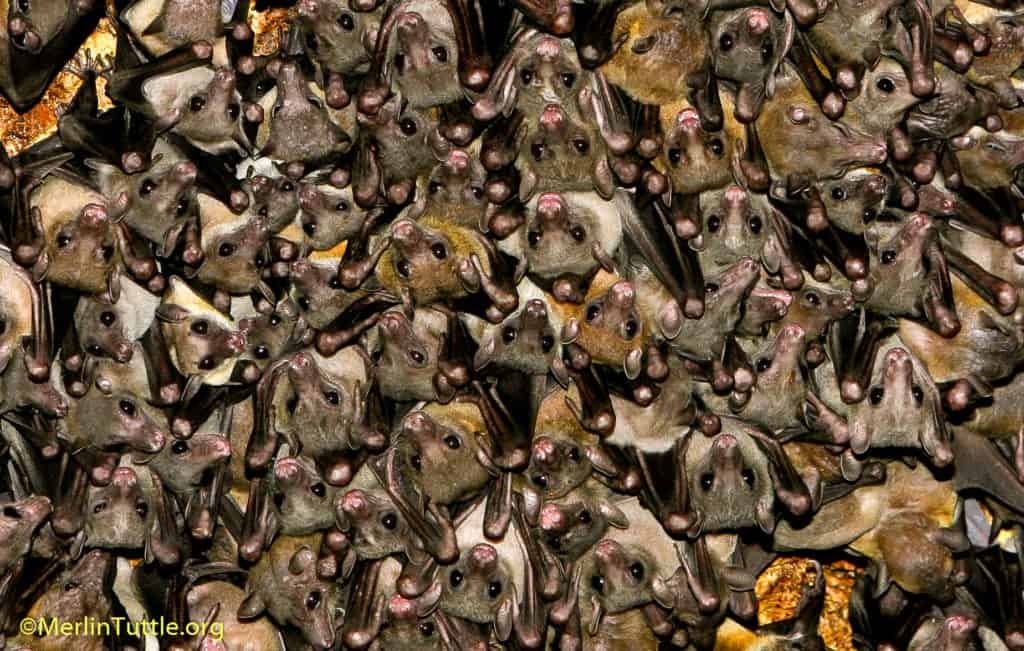The Costs of Bat Decline
Can we afford to lose bats? A recent study by Eyal Frank of the University of Chicago reveals that the dramatic decline in U.S. bat
Today’s issue of TheScientist contains another outstanding example of how MTBC is making a unique, but critical difference for bats. This article [by Merlin Tuttle] was originally submitted as an email to the editor. On January 13, I explained the harm done by biased portrayal of bats. The editor promptly requested permission to publish my communication as an op-ed. We encourage our members to share it broadly. Nothing can threaten bats more than the fear and intolerance created by misleading disease stories.
Speculation linking bats to scary diseases has become lucrative, both in generating research grants and media readership. As historically documented, it can have devastating impact in fostering intolerance and even massive bat eradication. It also threatens the credibility of scientists and publishers and diverts critical public health funding from far higher priorities.
Many authors and publishers of such counterproductive speculation are well intended, just misinformed. If kindly approached with sound documentation of the harm being done, they are appreciative and can be extremely helpful as we have repeatedly demonstrated.

Love our content? Support us by sharing it!
Can we afford to lose bats? A recent study by Eyal Frank of the University of Chicago reveals that the dramatic decline in U.S. bat
Bats are among the most fascinating yet misunderstood creatures in the natural world, and for many conservationists, a single experience can ignite a lifelong passion
Many bat conservationists know that Kasanka National Park in Zambia is an exceptional place for bats, but it is also the place that sparked my
The Kasanka Trust is a non-profit charitable institution, which secures the future of biodiversity in Kasanka National Park in Zambia. They welcome internships for students
2024 © Merlin Tuttle’s Bat Conservation. All rights reserved.
Madelline Mathis has a degree in environmental studies from Rollins College and a passion for wildlife conservation. She is an outstanding nature photographer who has worked extensively with Merlin and other MTBC staff studying and photographing bats in Mozambique, Cuba, Costa Rica, and Texas. Following college graduation, she was employed as an environmental specialist for the Florida Department of Environmental Protection. She subsequently founded the Florida chapter of the International DarkSky Association and currently serves on the board of DarkSky Texas. She also serves on the board of Houston Wilderness and was appointed to the Austin Water Resource Community Planning Task Force.
Michael Lazari Karapetian has over twenty years of investment management experience. He has a degree in business management, is a certified NBA agent, and gained early experience as a money manager for the Bank of America where he established model portfolios for high-net-worth clients. In 2003 he founded Lazari Capital Management, Inc. and Lazari Asset Management, Inc. He is President and CIO of both and manages over a half a billion in assets. In his personal time he champions philanthropic causes. He serves on the board of Moravian College and has a strong affinity for wildlife, both funding and volunteering on behalf of endangered species.